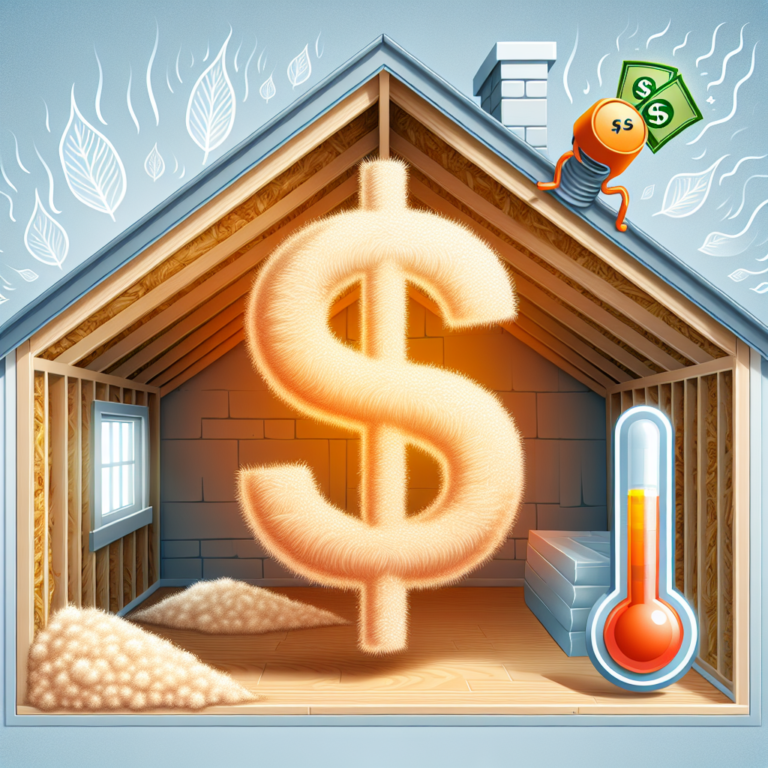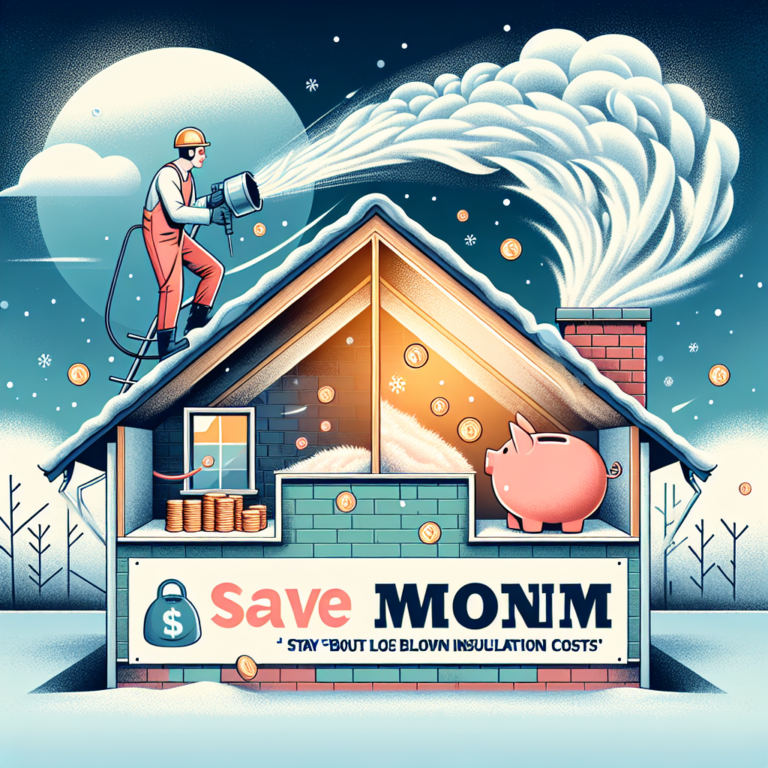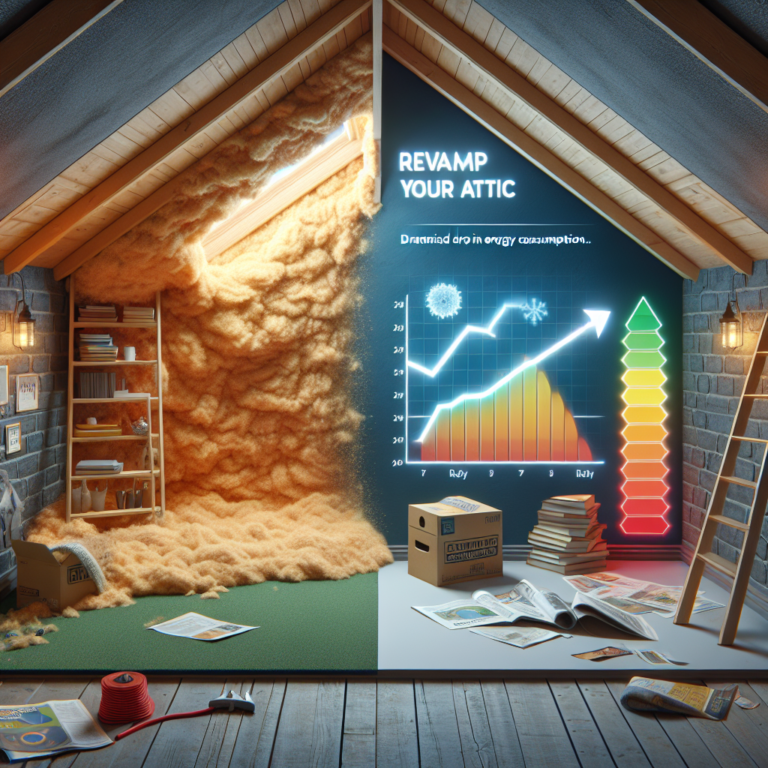Save Money and Stay Warm: The Surprising Cost of White Fiberglass Blown In Insulation
Introduction
Investing in white fiberglass blown in insulation is one of the smartest moves a homeowner can make to cut energy bills and boost year-round comfort. Unlike traditional batts or rolls, blown-in insulation settles snugly into every nook and cranny of your attic or ceiling cavity, creating a seamless thermal barrier. In this article, we’ll explore why white fiberglass blown in insulation is so effective, break down the factors that influence its price, compare its cost to other insulation options, and answer your most pressing questions.
H2: Benefits of White Fiberglass Blown In Insulation for Your Ceiling
High R-Value per Inch: White fiberglass offers an R-value between 2.2 and 2.7 per inch, meaning it resists heat flow extremely well. This translates into lower heating bills in winter and cooler rooms in summer.
Complete Coverage: The blower machine sprays loose fibers into the ceiling cavity, filling even the tightest gaps around joists, vents, and wiring. This airtight seal prevents drafts and eliminates thermal bridges.
Non-Combustible and Safe: Made of glass fibers, this insulation will not burn or emit toxic fumes in the unlikely event of a fire. It also resists mold and mildew since it does not absorb moisture.
Sound Dampening: The dense, interlocking fibers dramatically reduce airborne noise transmission from one room to another, creating a quieter home environment.
Long-Lasting Performance: Unlike loose-fill cellulose that can settle over time, white fiberglass maintains its loft and insulating power for decades without topping up.
H2: Factors Affecting the Cost of White Fiberglass Blown In Insulation
Material Quality and R-Value: Premium fiberglass blends with higher R-values cost more per bag but deliver greater energy savings over the long term.
Insulation Depth and Coverage Area: The thicker the layer and the larger the space (measured in square feet), the higher the overall material cost. For a 1,000 sq. ft. attic, expect 10–15 bags of insulation depending on desired R-value.
Accessibility and Prep Work: Attics cluttered with ductwork, plumbing, or wiring require extra labor to move obstacles and protect fixtures, driving up installation fees.
Regional Labor Rates: Contractor rates vary by region. In areas with high living costs or harsh climates, expect slightly higher installation charges.
Blower Machine Rental vs. Professional Installation: DIY enthusiasts can rent a blowing machine for $50–$100 per day plus materials, while hiring a pro typically includes equipment, labor, and cleanup in one package.
H2: Cost Comparison: White Fiberglass Blown In Insulation vs. Other Ceiling Insulation Types
White Fiberglass Blown In Insulation: $1.50 – $3.50 per sq. ft. installed (average)
Fiberglass Batts or Rolls: $0.50 – $1.50 per sq. ft. installed, but may leave gaps and require precise cutting
Cellulose Loose-Fill: $1.36 – $1.50 per sq. ft. installed; eco-friendly and fire-retardant but prone to settling
Spray Foam Insulation: $2.00 – $6.00 per sq. ft. installed; exceptional air sealing and high R-value but the priciest option
While blown-in fiberglass falls in the mid-range, its blend of cost-effectiveness, soundproofing, fire safety, and long-term performance often delivers the best return on investment.
H2: Q&A
1) What is the average cost to install white fiberglass blown in insulation?
Expect to pay between $1,500 and $3,500 for a 1,000 sq. ft. attic, depending on R-value and regional labor rates.
2) How much can I save on energy bills?
Properly installed blown-in fiberglass can reduce heating and cooling costs by up to 20%. Annual savings often recoup installation expenses within 3–5 years.
3) Can I install it myself?
Yes, but you must rent or purchase a blower, wear protective gear, and carefully follow manufacturer guidelines. Mistakes can lead to uneven coverage and diminished performance.
Conclusion
White fiberglass blown in insulation offers a powerful combination of high R-value, gap-filling coverage, sound dampening, and fire safety—making it a standout choice for ceiling insulation. Although the upfront cost of $1.50 to $3.50 per square foot may seem higher than simple batt insulation, the long-term energy savings, noise reduction, and worry-free performance more than justify the investment. By understanding the factors that influence price and comparing alternatives, you can confidently choose white fiberglass blown in insulation to keep your home warm, comfortable, and efficient for decades to come.












